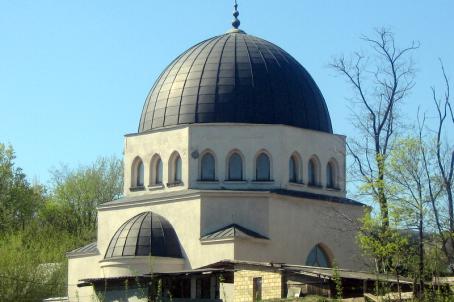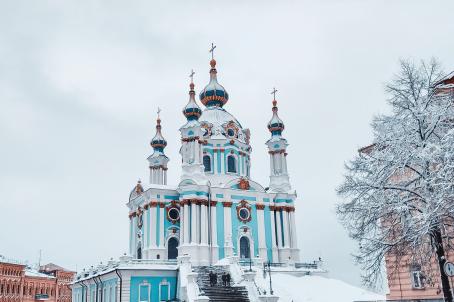Great Choral Synagogue, Kyiv
The Great Choral Synagogue is the oldest synagogue in Kyiv, built in 1895 in a Moorish revival style. Its construction was financed by Gabriel Yakob Rozenberg, a merchant.
About this building
It is also known as Podil Synagogue (after the neighbourhood where it is located) or the Rozenberg Synagogue (after Gabriel-Yakov Rozenberg, the merchant who commissioned its construction).
The synagogue was built at a time when many restrictions existed against the construction of Jewish temples, imposed by the Russian Empire. Therefore, the synagogue was built to resemble a building for other purposes. These synagogues are known as Aesopian synagogues.
The synagogue was closed in 1929 and used as a horse stable during the German occupation of Kyiv. Before the proclamation of Ukraine’s independence, it was the only functioning Jewish temple in Kyiv. Today it remains an active synagogue.






